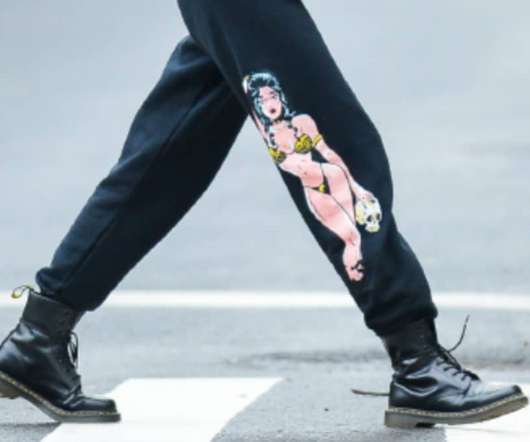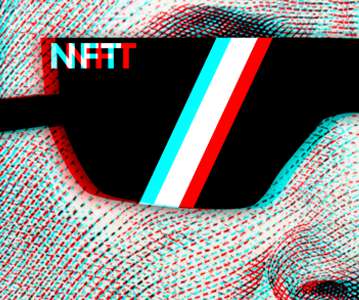How to Distinguish Transformative Fair Uses From Infringing Derivative Works?
Kluwer Copyright Blog
JUNE 5, 2023
Supreme Court agreed to review the Second Circuit’s ruling that Andy Warhol’s series of colorful prints and drawings of Prince were not transformative fair uses of Lynn Goldsmith’s photograph (for a previous comment on this case, see here ). However, such uses must be licensed or be held unfair. Acuff-Rose Music, Inc.

















Let's personalize your content